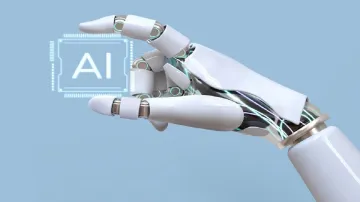The Indian government is set to boost its drone-based rural land mapping programme, which will leverage artificial intelligence (AI) to achieve clearer insights into property boundaries, water bodies, and more. Launched in 2020, the ‘Survey of Villages Abadi and Mapping with Improvised Technology in Village Areas’ (SVAMITVA) scheme aims to provide an integrated property validation solution for rural India. The initiative further focuses on demarcating inhabited lands to create accurate land records, reduce property disputes, and ensure clear property ownership.
AI integration and data extraction
To enhance the programme, the government further plans to deploy artificial intelligence for the automatic extraction of data, targeting features like property boundaries, water bodies and road networks from drone imagery.
For training the AI extraction model, the government will provide access to a drone dataset of 300 villages, along with other SVAMITVA data. The drone data, which offers accuracy of up to 5 cm, is currently stored at the National Informatics Centre (NIC) Cloud in Hyderabad.
Accuracy and methodology
In a request for proposal (RFP) floated to interested agencies, the government is seeking a 95 per cent accuracy rate for data extraction. Agencies are recommended to use Convolutional Neural Networks (CNNs) for image/object recognition and classification, and deep-learning models like Mask R-CNN or U-Net for image segmentation.
Project timeline and scope
The government has set a deadline of 2 months from the selection of the agency for the development of the new AI model. The government further targets to cover 10,000 sq km per week for data extraction.
NIC will further play a crucial role in quality assurance and control throughout the project.
Benefits of the SVAMITVA Scheme
The SVAMITVA scheme will facilitate the demarcation of rural inhabited lands, by leveraging drone technology. This will aid in the creation of accurate land records and this will help to reduce property disputes, by ensuring clear property ownership and aids in the issuance of property cards to landowners.
Additionally, it provides the “record of rights” to village household owners, enabling them to use their property as financial assets for loans and other benefits from banks.
Boosting AI capabilities in India
This initiative comes at a time when the government is focusing on enhancing the country’s AI capabilities through policies such as the Rs 10,732-crore IndiaAI Mission.
ALSO READ: Microsoft steps down from OpenAI board observer position, to avoid antitrust issues
